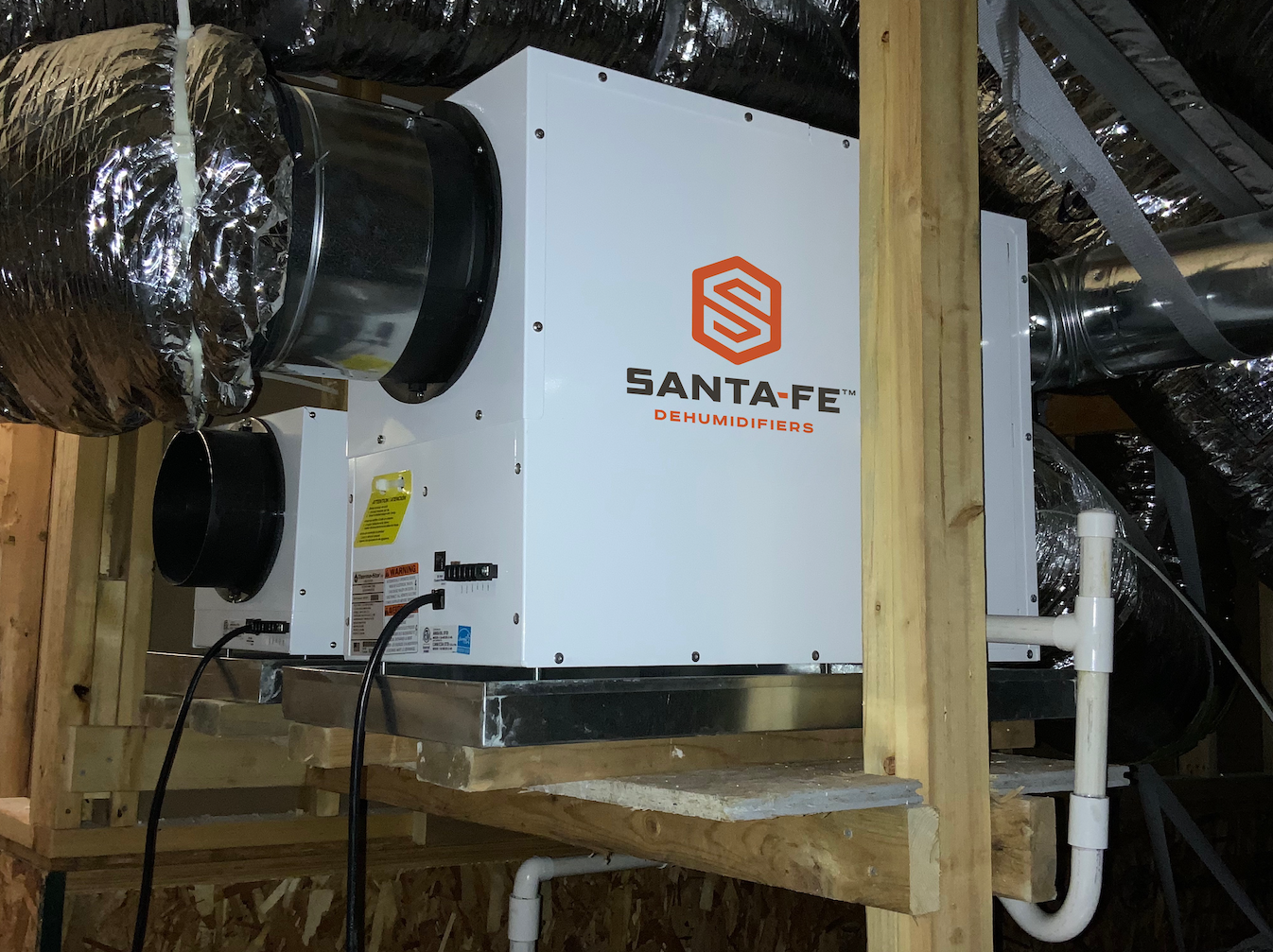
I recently purchased the CPS IAQ PRO SmartAir professional indoor air quality (IAQ) meter to use during energy audits and building diagnostics/investigations. My intent with the purchase was twofold. First, I wanted to learn more about IAQ metrics by testing homes in my market, and second, to have a more accurate temperature/humidity/dew point estimation inside these homes. I recently had the opportunity to use the tool on a building investigation; I’ll outline the case study later in this post. But to start, let’s talk about the features of the CPS IAQ PRO SmartAir.
The SmartAir is similar in size and looks to one of the larger Alexa smart speakers. It comes in a handy carrying case with a USB power cord and separate wall plug. The meter is not equipped with a battery, it requires a 120V power supply to function. There is no screen on the unit; it pairs with a phone, tablet, or computer by Bluetooth. The SmartAir requires an initial calibration that takes about 24 hours to complete before it can be used.
According to the manufacturer, there are four different sensors in the meter: 1. a true NDIR (non-dispersive infrared) carbon dioxide sensor, 2. a true particulate matter sensor that determines volume of PM2.5 and PM10.0 particles, 3. a volatile organic compound (VOC) sensor, and 4. a temperature, relative humidity, pressure, and dew point sensor.

I have yet to figure out the use for the pressure (inWC) metric. There is no way to reference indoor pressures with relationship to the pressure outside. I believe it is simply supplying the barometric pressure.
The first time I used the SmartAir meter was at the Barndominium project. The above screenshot…
Weekly Newsletter
Get building science and energy efficiency advice, plus special offers, in your inbox.

This article is only available to GBA Prime Members
Sign up for a free trial and get instant access to this article as well as GBA’s complete library of premium articles and construction details.
Start Free TrialAlready a member? Log in















One Comment
Nice article Randy, I too have found these contraptions very helpful for certain problems. Thanks for writing this up!
Log in or become a member to post a comment.
Sign up Log in